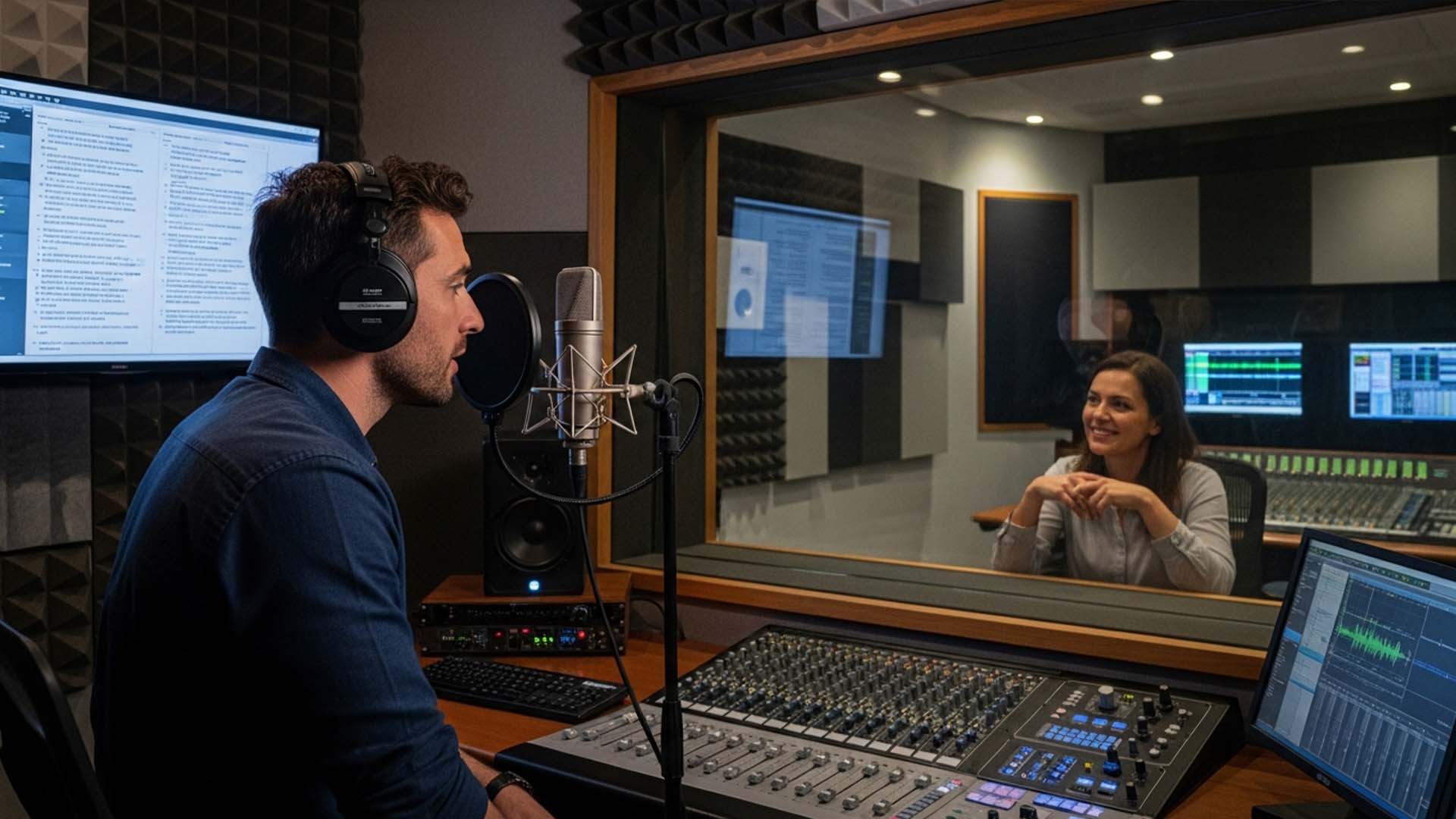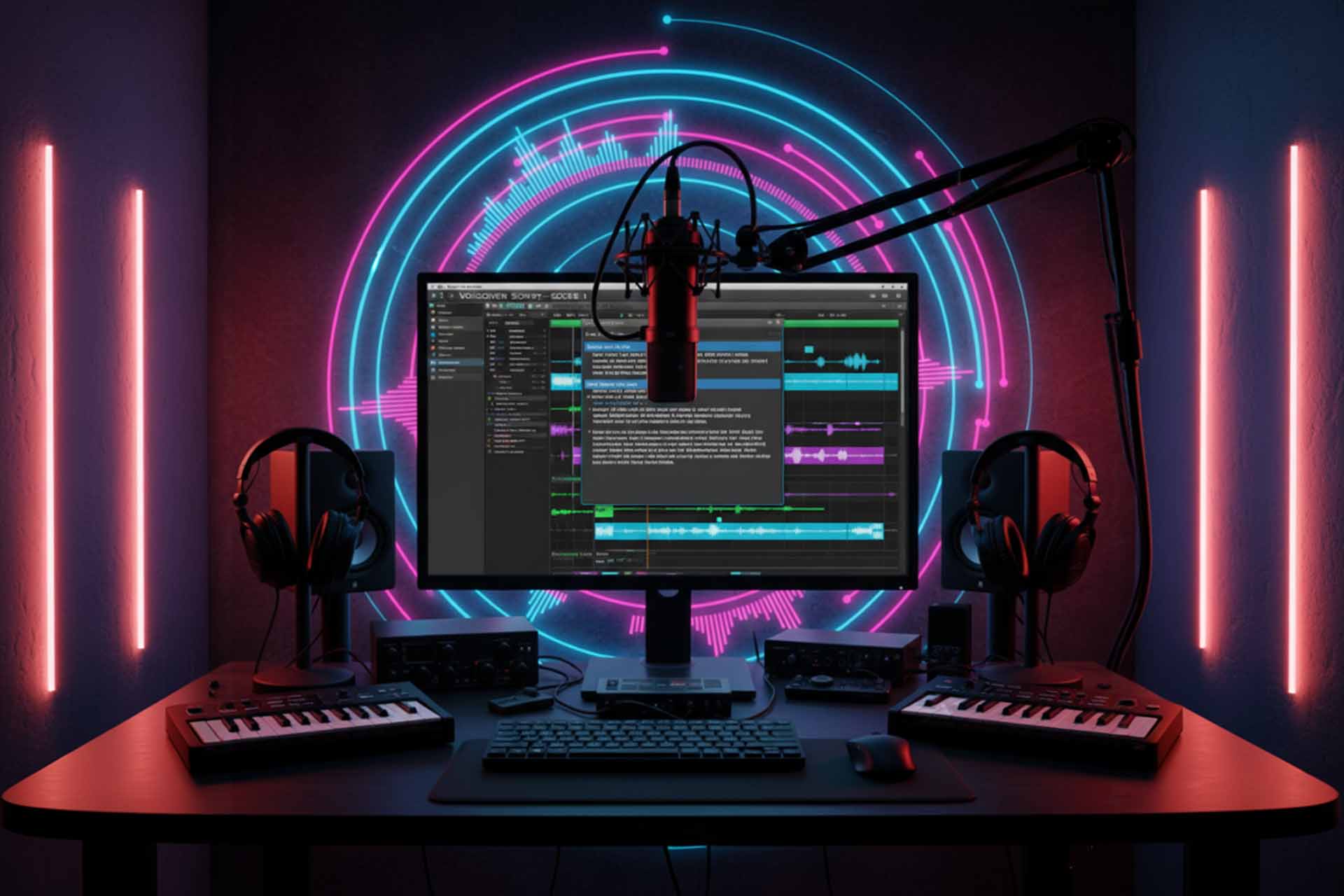
The Art of Directing Voice Actors: How to Get the Exact Performance You Imagine
One of the most crucial yet overlooked skills in production is the ability to translate what’s in your mind into a voice performance that connects emotionally.
Voice actor direction isn’t just about giving instructions — it’s about communication, emotion, and collaboration. In this Loop Media guide, we’ll show you how to lead a voice actor toward the performance that perfectly matches your creative vision.
1. Preparation Is Everything
Before the recording starts, preparation sets the stage for success.
Make sure the script is final, free of typos, and all names, terms, and numbers are clear.
Specify the desired reading pace — should it sound energetic and fast, or calm and thoughtful?
Whenever possible, provide audio or video references that demonstrate the tone and rhythm you want. A clear example communicates far better than words alone.
2. Focus on Emotion, Not Volume
Instead of saying “read louder,” describe the emotion you want to evoke.
For example:
- Rather than “say it with energy,” try “make it sound like you’re announcing something exciting and brand new.”
- Or, “imagine you’re a wise teacher sharing a meaningful insight with calm confidence.”
Emotion creates authenticity — and authenticity makes the voice believable.
3. Use Clear Technical Direction
When giving technical notes, be specific:
- Pace: Fast for excitement, moderate for explanation, slow for depth.
- Tone: Lower for authority, medium for clarity, brighter for friendliness.
- Emphasis: Underline key words that must stand out.
- Pauses: Indicate where to breathe or add dramatic silence.
Precision avoids confusion and helps the actor deliver a clean, editable take.
4. Communicate Effectively During the Session
Your tone of feedback matters. Instead of saying, “That didn’t sound good,” say:
“That was great — let’s try one more with a bit more energy at the start.”
Avoid performing the line yourself — it may cause imitation rather than interpretation.
Ask the actor to record multiple takes: one more joyful, another more serious. This gives flexibility during editing.
Often, the last take is the most natural. Don’t hesitate to say:
“Let’s do one more, just a relaxed version.”
That’s where magic often happens.
5. Build Trust and Professional Flow
Remember — you hired this voice actor for a reason. Trust their instinct.
Allow space for creative input; you might get something better than expected.
Also, make sure only one person communicates direction to avoid confusion.
At Loop Media, we believe that a great session is built on collaboration, clarity, and respect. When the director and the talent move in sync, the result is a performance that feels alive and true.
 العربية
العربية


